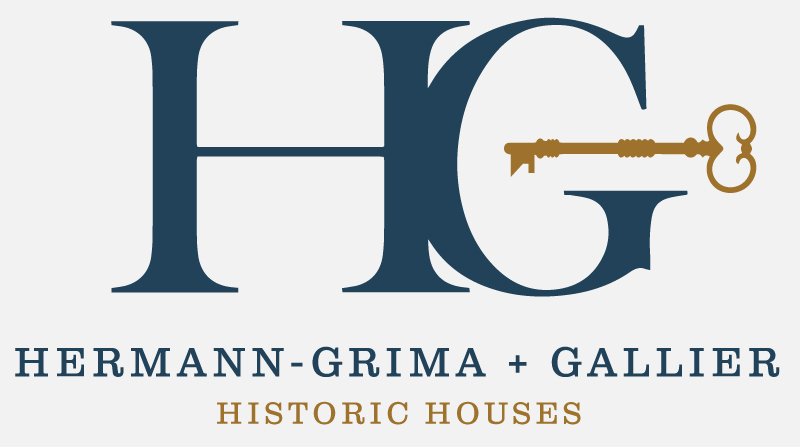The next restoration project at the Hermann-Grima house was the releveling of the main courtyard and the restoration of the flower beds with appropriate plantings to the 1831 period. A Horticultural Historical/Landscape Architect, was employed by the Restoration Committee and served asa consultant on the plantings. Archaeological investigations were focused on the attempt to establish if the basic configuration and arrangement of the flower beds reflected that which extant at the time ofHermann ownership. The flower beds are defined by vertically set flagstones outlining the planting areas. This created raised beds which divide the courtyard into four north/south trending walkways, cut approximately in the center by and east/west transept. Along the east and south party wall are raised beds also defines by vertically set flagstones (Figure 2). Of additional interest to this season's work was the paving which runs from the northwest, exterior corner of the "Mystery Building", northwest to the north wall of the stairway room in the Kitchen/Quarters building. This is the only seam in the courtyard paving that is not oriented project north/south or east/west. Previous excavations (Shenkel 1977)addressed this question but the data recovered was not sufficient to offer a satisfactory interpretation of this feature.A total of six small units were excavated in the course of this study. Four of the units were placed within the flower beds, three along the east garden wall and one centered on the south wall.Two units were excavated on the diagonal seam, one in an area previously unexcavated during the 1975field season and one which spanned the southwestern most raised bed in the courtyard and the diagonal seam at this location. As is often the case at this site, the units had to be contained within a restricted area and as few as possible of the paving stones could be moved.Results of the field investigation indicated that there was a very high likelihood that the raised beds as they exist today are original to the 1831 period. Results from the 1985 field season were inconclusive on the question of the diagonal seam. The best interpretation of this feature, from the data at hand, is that it in some was functioned as the ridge of a drainage pattern designed to pitch the rainwater east and west of the seam
Stoneware Drinking Bottle
Wine Bottle Seal


